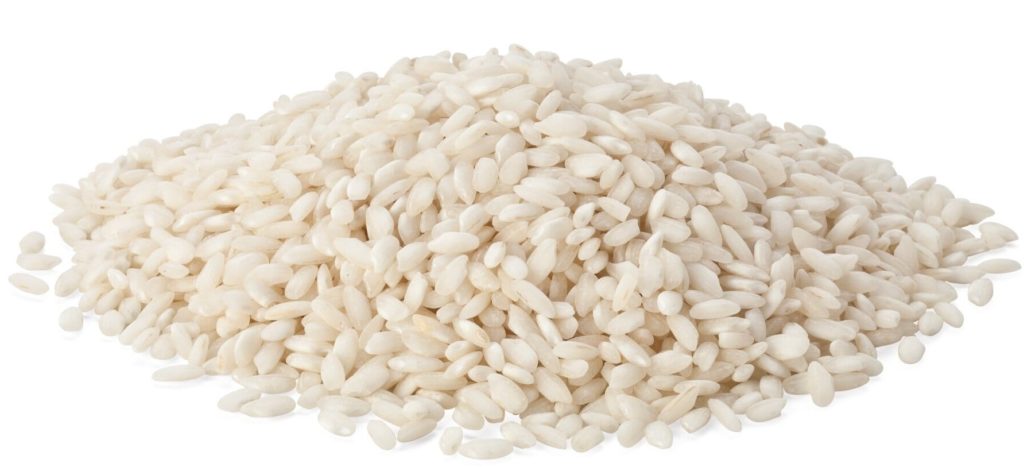Isoelectric focusing

Varietal verification of Thai rice using ultrathin layer
isoelectric focusing of seed proteins
Pakanan Jiamtaea, Damrongvudhi Onwimola, Wanchai Chanpraserta, Thammasak Thongket, Ancharee Prasertsak
Department of Agronomy, Faculty of Agriculture, Kasetsart University, Bangkok 10900 Thailand
Department of Horticulture, Faculty of Agriculture at Kamphaeng-Saen, Kasetsart University,
Nakhon Pathom 73140 Thailand
Bureau of Rice Research and Development, Rice Department, Bangkok 10900 Thailand
∗Corresponding author, e-mail: damrongvudhi.o@ku.t
ABSTRACT:
A suitable extraction solvent of seed protein for the identification of Thai rice varieties was determined for use in ultrathin layer isoelectric focusing (UTLIEF). Breeder seeds of 16 varieties were used and 3 extraction buffers, namely, phosphate buffer, NaCl, and water (with gel pH 2–9) were compared. The most suitable extraction buffer was phosphate buffer, which gave the highest efficacy of identification (98%) compared to NaCl (90%) and water (89%). The phosphate buffer was then tested in varietal verification using examination of individual seeds and testing bulk samples. The results show that the method of examination of individual seeds could clearly differentiate
the contaminant variety from the tested variety, while testing bulk samples (10 seeds) could identify the contaminant variety when the ratio of seed number of the contaminant variety to the tested variety was 4–6 and higher. It can be concluded that phosphate buffer is suitable to be used in UTLIEF which is a promising method for varietal verification of Thai rice.
for more information click to the link below to get to the article
